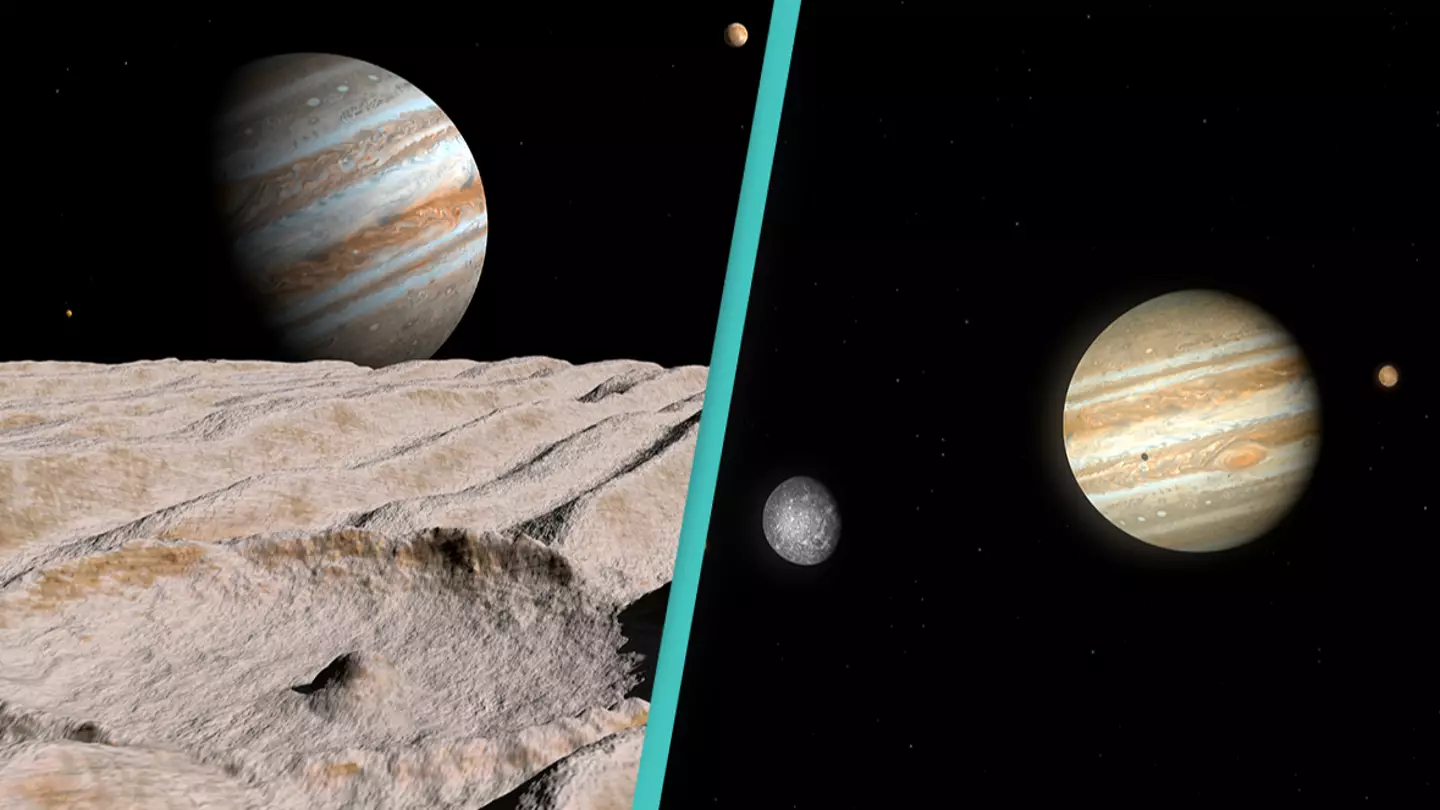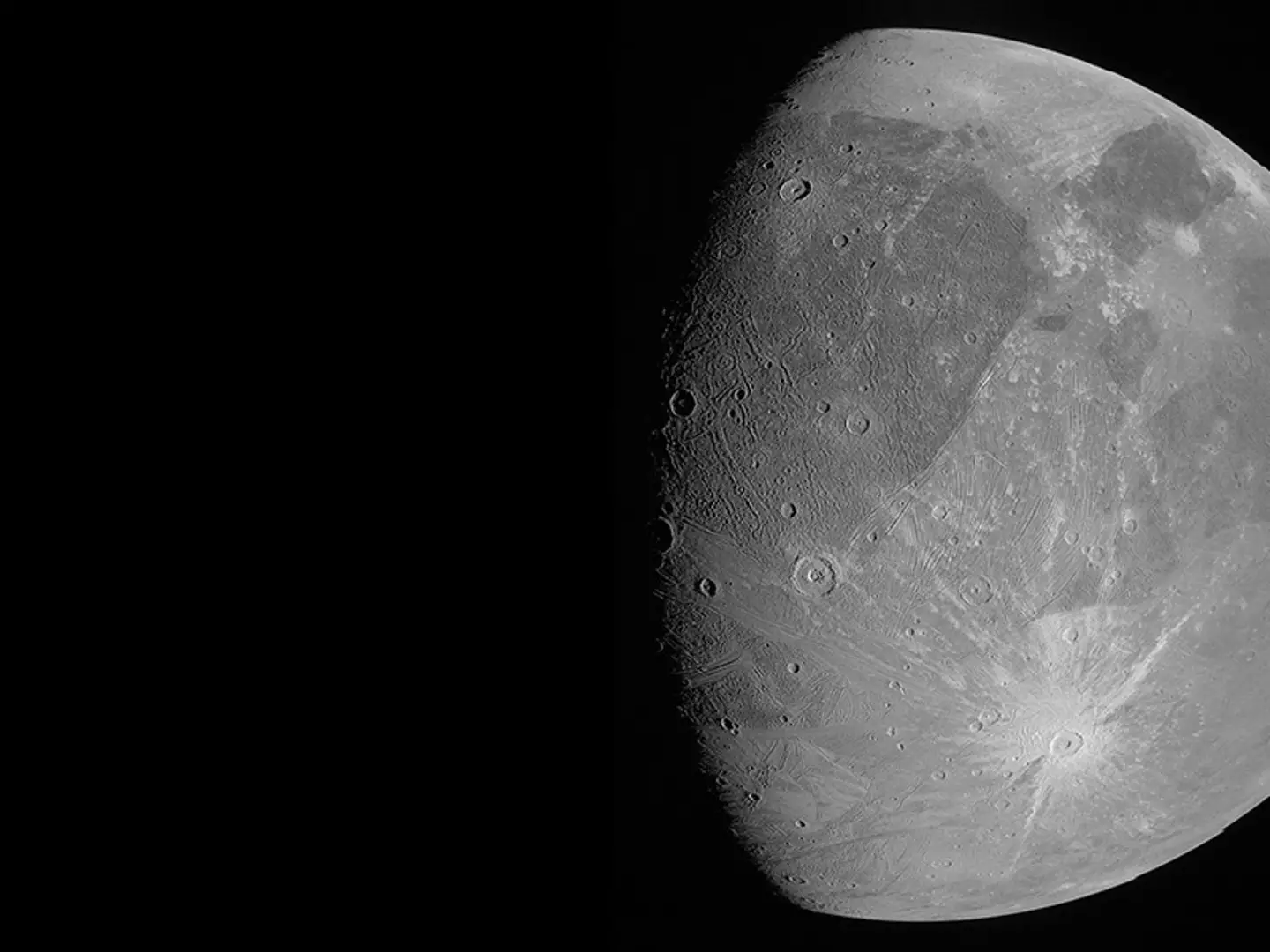
If you ever wanted to venture into space but don’t have a billionaire’s bank balance, the eerie sounds of one of Jupiter's moons may put you off.
NASA is helping mankind get close to the stars than ever before, with its Juno craft capturing some incredible images of our solar system.
Scientists have even been able to capture sounds as the probe flies past Jupiter’s largest moon, Ganymede, leaving some stargazers pretty creeped out.
While it’s often said that no one can hear you scream in space, that still might not stop you after hearing the eerie soundtrack.
Advert
Generated from the electric and magnetic radio waves in Jupiter’s magnetosphere and its interaction with Ganymede back in 2021, the sound is usually unable to be heard by human ears.
However, the clever scientists at Nasa's Jet Propulsion Laboratory were able to shift the sound into a frequency we could hear – although some of us are wishing we hadn’t.
If you’ve not watched the above clip, the noise is uncannily similar to dial-up internet with an eerie roar lingering in the background.
There is also an abrupt change part way through the video, with the static weirdly similar to a bad sci-fi sound effect.
Advert
Though you wouldn’t necessarily listen to it for fun, the sound is helping scientists explore the outer solar system.

One scientist has even hypothesised about the strange noise, saying it’s possibly caused by Ganymede moving from day to night.
William Kurth, who is the lead co-investigator for Waves investigation, explained the science behind the project: “It is possible the change in the frequency shortly after the closest approach is due to passing from the nightside to the dayside of Ganymede.”
Advert
The researcher will have a wealth of new data to pour over, with Juno capturing some incredible images of Jupiter and its many moons.
In fact, the spacecraft hoovered just 1,038km above Ganymede and had to move at 67,000km (41,600) per hour to keep pace with the planetary body.
Understandably though, scientists are pretty happy with the results as they show the moon in more detail than ever before.
Amazingly there are even more missions planned to the icy moons of Jupiter, with the European Space Agency also hoping to visit Ganymede.
Advert
While it won’t happen until at least 2031, it’s hoped that the JUICE probe will be able to see how Jupiter’s moons interact with the gas giant.
Topics: Science, Space, Technology
